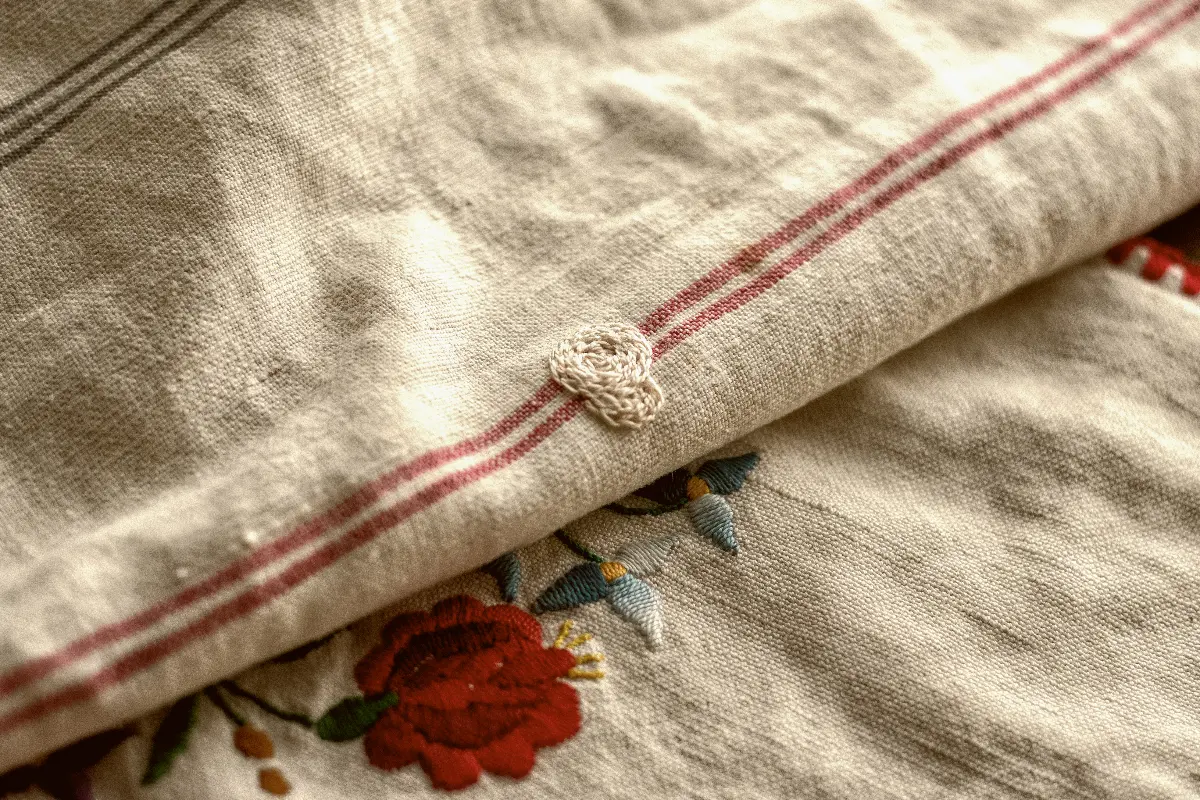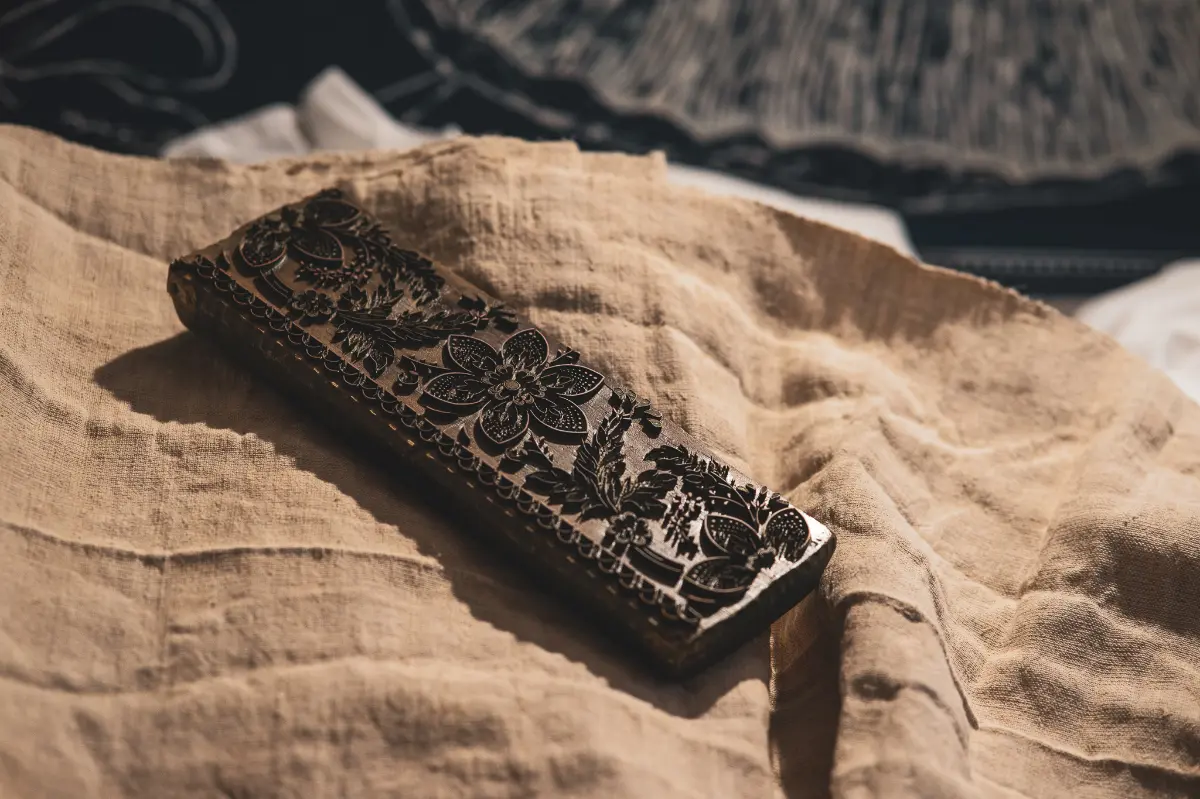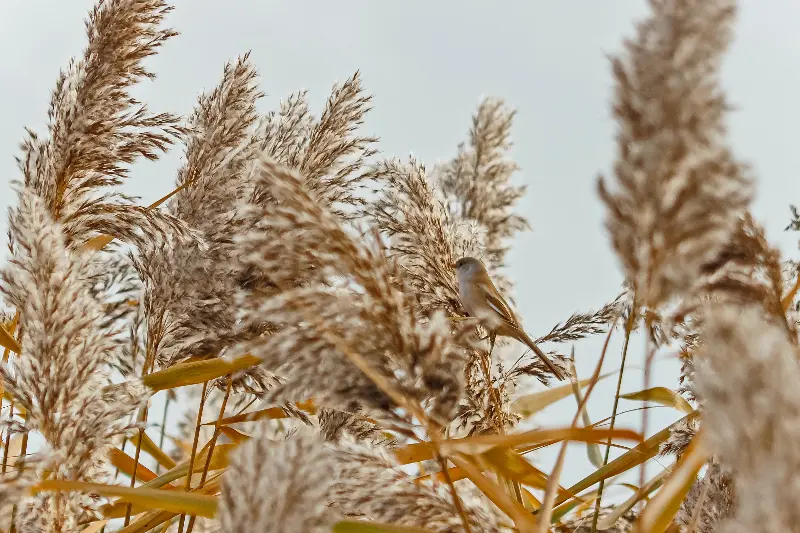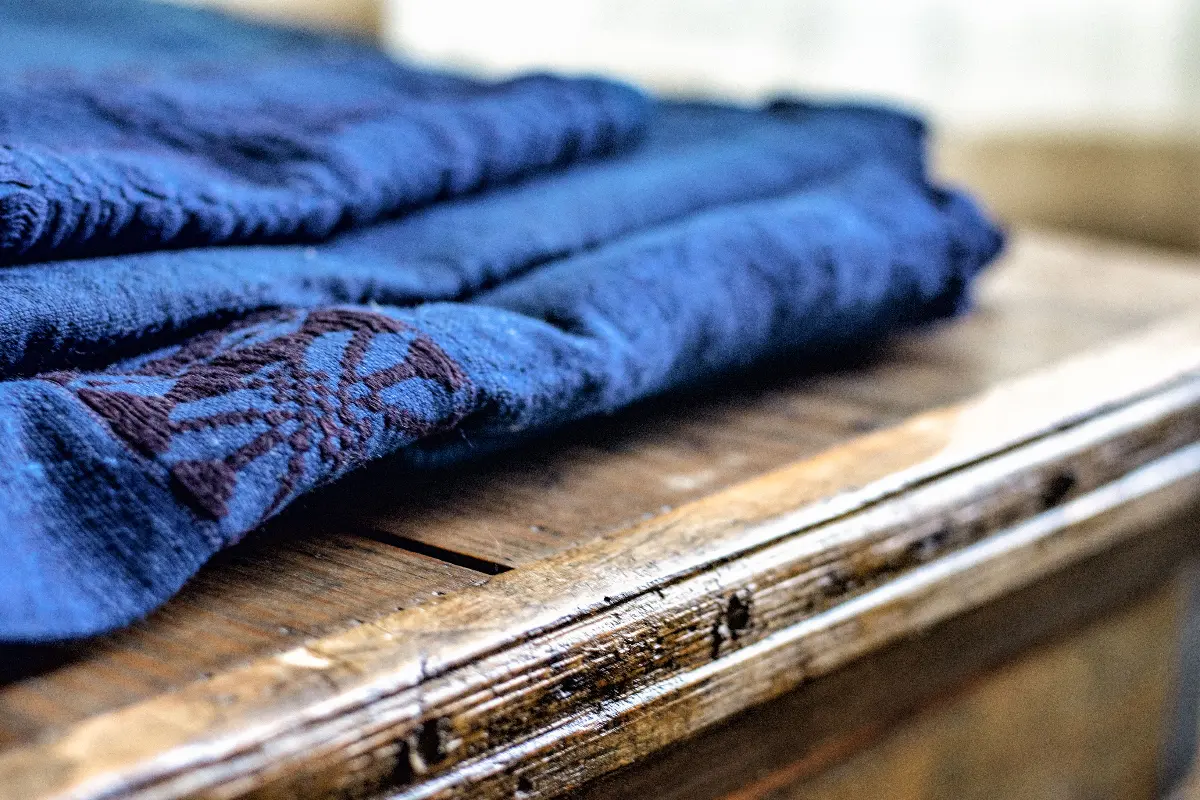
Helyszín címkék:
The Californian artist who throws a lifeline to the forgotten Hungarian textile art
Szabó Sára
You encountered Hungarian textile art in an amazing way. Tell me about it!
A few years ago, I was road tripping in Central Europe with a friend. The plan was to drive from northern Italy through Hungary to Vienna, exploring and absorbing the rural culture, with a special focus on antique textiles and handicrafts. We found treasures in Hungary! That's when I met Dusan, who was our driver and at the end of the adventure, I hired him to collect textiles for me. With that, I have laid the foundations of Lineage Botanica. I had never been to Hungary before the road trip and knew very little about it, but I have since discovered that I have Hungarian blood in my veins from my mother's side.
Before starting your business, you worked as a creative director in a US company, and art has always been part of your life. How did you meet?
I have always been attracted by the beauty, the content and the message behind the artwork. Culture and art are deeply rooted in the history of humanity, including our relationships beyond the material world. I have experienced this as an anthropologist student. From early expressionism onwards, societies have created narratives through their crafts. They are visual stories, reminders of where we came from and what we are capable of. I have travelled a lot as a creative director, especially to Asia, but I have always paid special attention to craftworks. That's how I fell in love with Hungary.
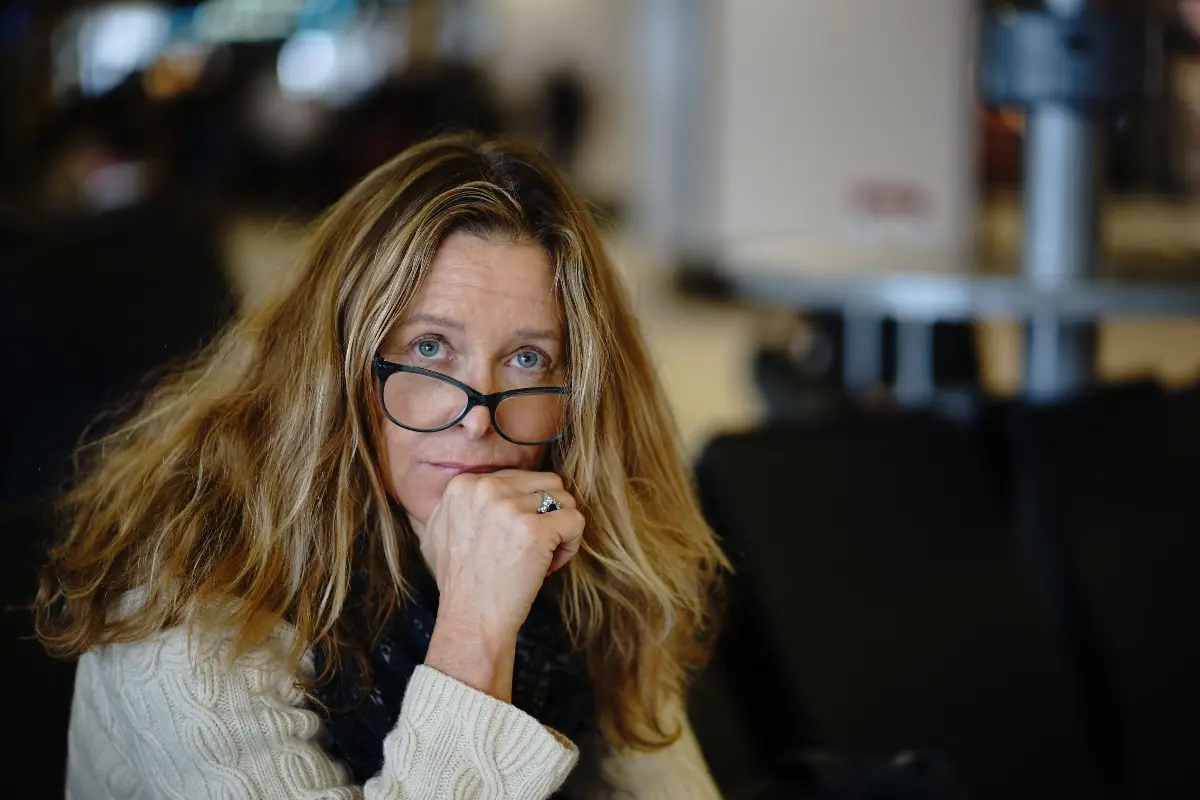
How do you see Hungary and our cultural heritage?
I love fresh, local food, the slow-moving rural lifestyle, and I envy free healthcare and education. It is good to hear that Hungarians can speak several languages. I love Budapest, espresso, village museums, Hungarian history. I am amazed by the creative power of Hungarian music, painting, dance, architecture, and I admire the pride and appreciation for the national heritage.
There is something beautiful and innocent about this country that is unknown to us Americans.
Your mission is to bring tradition-based techniques to life by embracing artists from marginalised communities. That sounds more like a cultural mission than a business to me. Was that your goal from the beginning?
Yes, this project has been a cultural mission from the beginning. I want to bring changes in the lives of as many people as possible, especially women in small communities. My aim is to keep traditions alive through collaborative design, thinking and creating, especially within the framework of textile art.
You work with outstanding Hungarian craftsmen. Could you mention a few?
We are continuously cooperating with the Nagynyárád and Tolna Blue Dyeing Workshops but we are also working with more artists on other projects. We try to build long-term business (and friendship) relationships with them. Cecilia is our master embroiderer, but we also cooperate with a woman-owned sewing shop and several more independent seamstresses who not only realize my crazy ideas, but also participate in the common reflection and designing.
Embroidery, blue dyeing, weaving, sewing: what do you think will be the fate of these techniques that are slowly being forgotten? Shall we take a step back and replace commercialism with sustainability?
Intergenerational crafts are starting to disappear, not only in Hungary but worldwide.
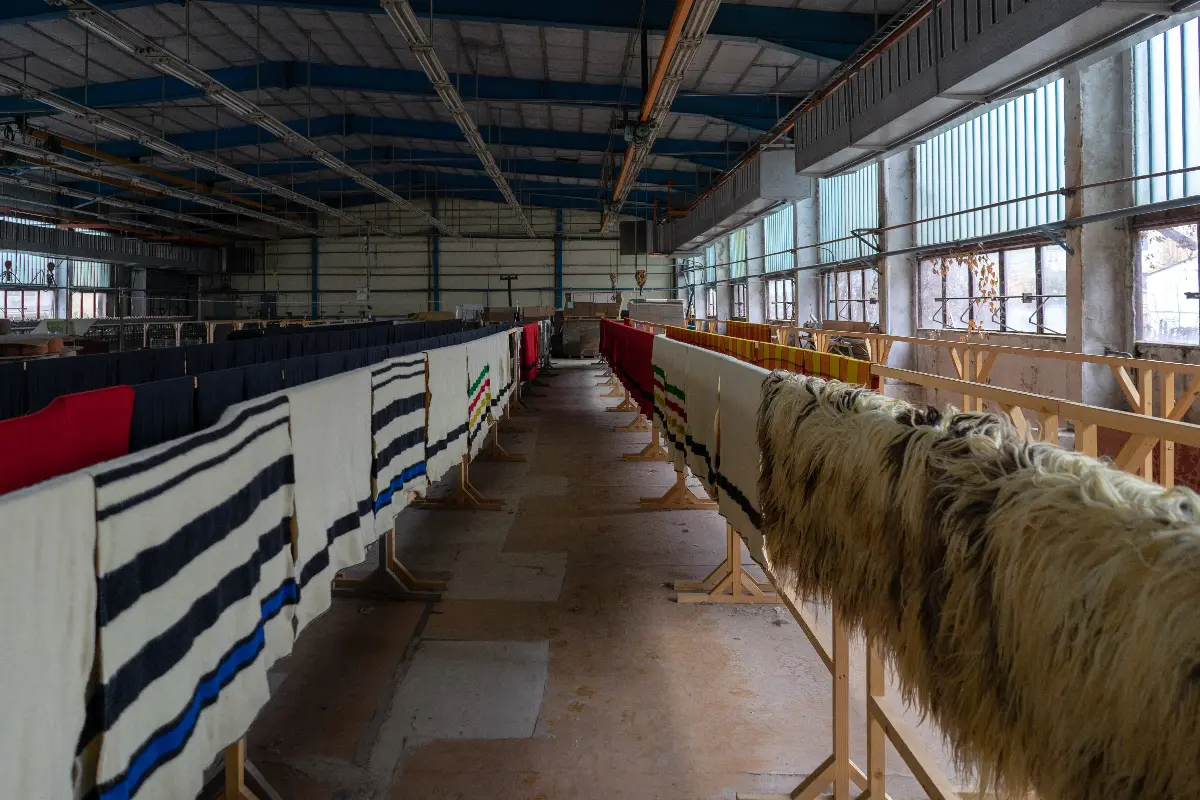
But man's relationship with nature is lost when art is taken out of the equation. One cannot manage without the other.
If micro-communities took just one step towards sustainability, we would all be better off. Predicting the future is difficult, and there are encouraging trends, there is still a lot of work to be done. I would like to do my best.
